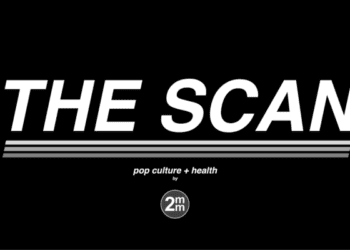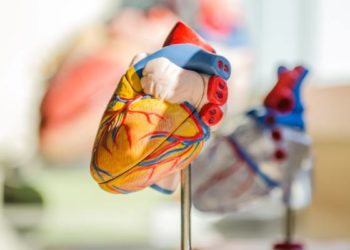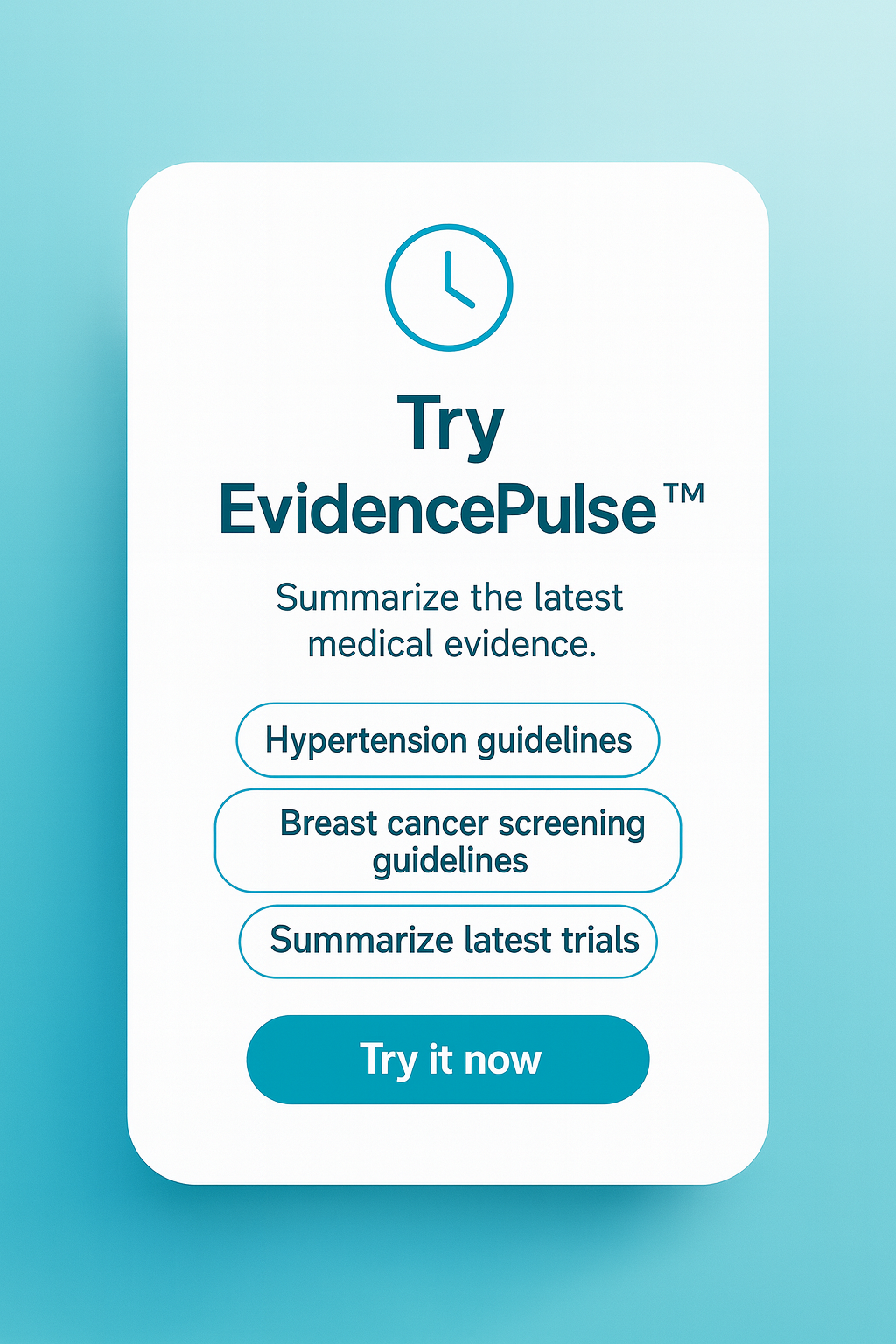Social determinants of health associated with development of long COVID
1. In this prospective cohort study, participants with social risk factors at the time of SARS-CoV-2 infection had a higher risk of developing long COVID compared with those without.
2. Inability to afford medical care and lack of social support were among the factors that were most strongly associated with risk of long COVID.
Evidence Rating Level: 2 (Good)
Study Rundown: The COVID-19 pandemic saw the exacerbation of health disparities due to social determinants of health (SDoH), with risk factors like low socioeconomic status, food insecurity, work in an essential occupation, and household overcrowding being associated with higher rates of SARS-CoV-2 infection and mortality. While various demographic factors, such as higher exposure to air pollutants and higher neighborhood deprivation, have been noted to be associated with long COVID, no longitudinal studies have investigated links between social risk factor exposures and risk of developing long COVID. This study aimed to evaluate the effect of exposure to individual- and area-level social factors at the time of SARS-CoV-2 infection on the risk of long COVID. When assessing only race or ethnicity, the study found no association between Black or African American race or Hispanic ethnicity and long COVID risk compared with White race, although Asian participants had a lower risk. When adjusted for all baseline covariates, there was no association between race or ethnicity and long COVID risk; however, all economic instability measures were associated with higher long COVID risk. For example, participants with financial hardship had more than double the risk of developing long COVID, while people who skipped medical care due to cost had nearly three times the risk. All measures of lack of social or community support were also associated with higher long COVID risk, as was living in areas with the highest level of household crowding. The generalizability of this study was limited by possible selection bias, differential loss to follow-up, a lack of data on neighborhood-level environmental exposures, and a potential lack of causality. Nevertheless, these results reinforced the impact of SDoH on sequelae of COVID-19 and underscored the broader effects of SDoH on patient outcomes.
Click to read this study in AIM
Relevant Reading: Identifying Contextual and Spatial Risk Factors for Post-Acute Sequelae of SARS-CoV-2 Infection: An EHR-based Cohort Study from the RECOVER Program
In-Depth [prospective cohort]: This prospective cohort study aimed to assess the impact of social determinants of health on the risk of developing long COVID. Patients were derived from the RECOVER-Adult cohort, which enrolled patients aged 18 years or above between October 31, 2021, and November 14, 2023, from 33 states plus Washington, DC, and Puerto Rico. The primary outcome was meeting the criteria for likely long COVID based on the 6-month patient-recorded survey of symptoms, including post-exertional malaise, fatigue, and brain fog. Results from 3787 completed baseline surveys were included. Patients had a mean age of 49 years and were 69% (n = 2605) female; 277 (7%) identified as Asian, 534 (14%) as Black, 478 (13%) as Hispanic, and 2267 (60%) as White. At least 1 comorbidity was reported in 2597 (69%) participants, while 144 (4%) were disabled according to employment status. There were 1315 (35%) participants with at least 1 measure of economic stability, the most common of which (n = 1088 [29%]) was financial hardship. At least 1 social or community support challenge was reported by 73% of the cohort. Among the 3772 participants with (99.6%) with ZIP code data, 769 (20%) lived in ZIP codes with the highest percentage of persons living below the federal poverty line (FPL) and 658 (17%) lived in ZIP codes with the highest percentage of household crowding. When assessing only race or ethnicity, no significant associations were found between Black or African American race or Hispanic ethnicity and long COVID risk compared with White race, although Asian ethnicity was associated with a lower risk (risk ratio [RR], 0.52 [95% CI, 0.29 to 0.80]). In adjusted models, all economic instability measures were associated with a higher long COVID risk; the strongest association was seen among participants who skipped medical care due to cost (adjusted RR [ARR], 2.98 [95% CI, 2.22 to 3.70]), while financial hardship had an ARR of 2.36 (95% CI, 1.97 to 2.91) and food insecurity had an ARR of 2.36 (95% CI, 1.83 to 2.98). All measures of lack of social or community support were also associated with higher long COVID risk, with the strongest association being a lack of social support (ARR, 1.79 [95% CI, 1.50 to 2.17]). Living in areas with the highest versus the lowest household crowding was also associated with 1.36 (95% CI, 1.05 to 1.71) times the risk of long COVID. Overall, this study showed that social risk factors at the time of SARS-CoV-2 infection were associated with higher risk of developing long COVID.
Image: PD
©2025 2 Minute Medicine, Inc. All rights reserved. No works may be reproduced without expressed written consent from 2 Minute Medicine, Inc. Inquire about licensing here. No article should be construed as medical advice and is not intended as such by the authors or by 2 Minute Medicine, Inc.









